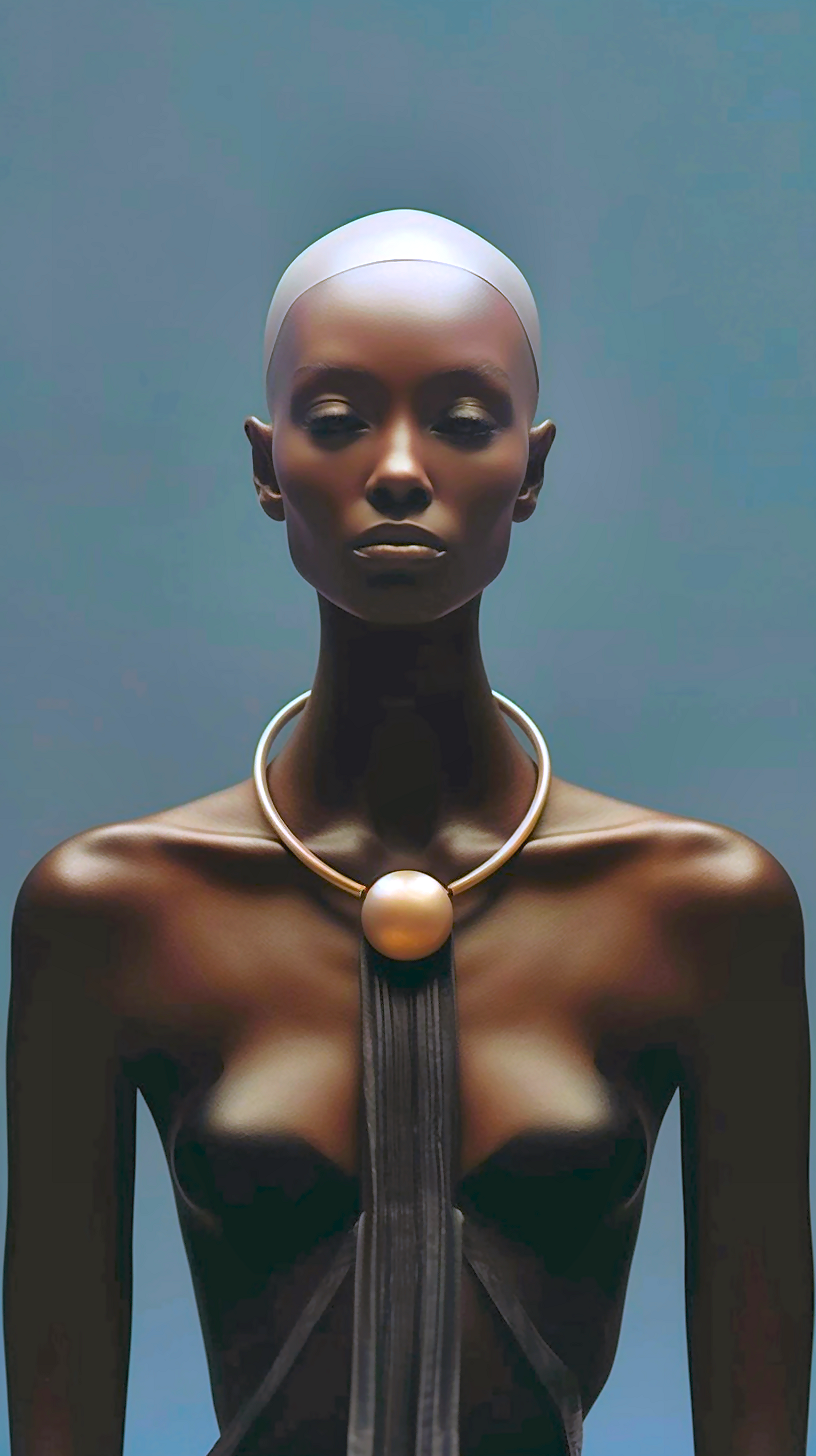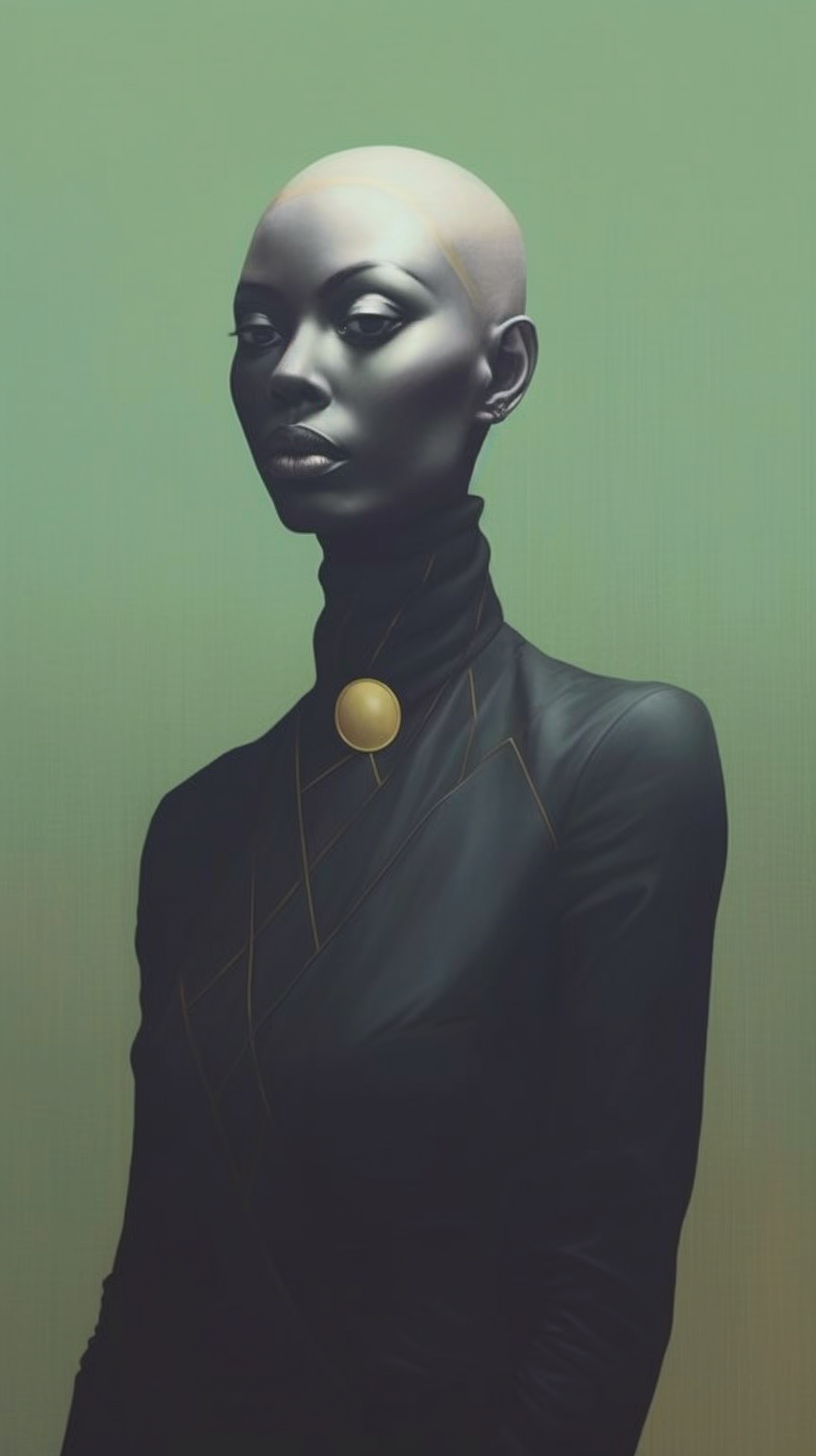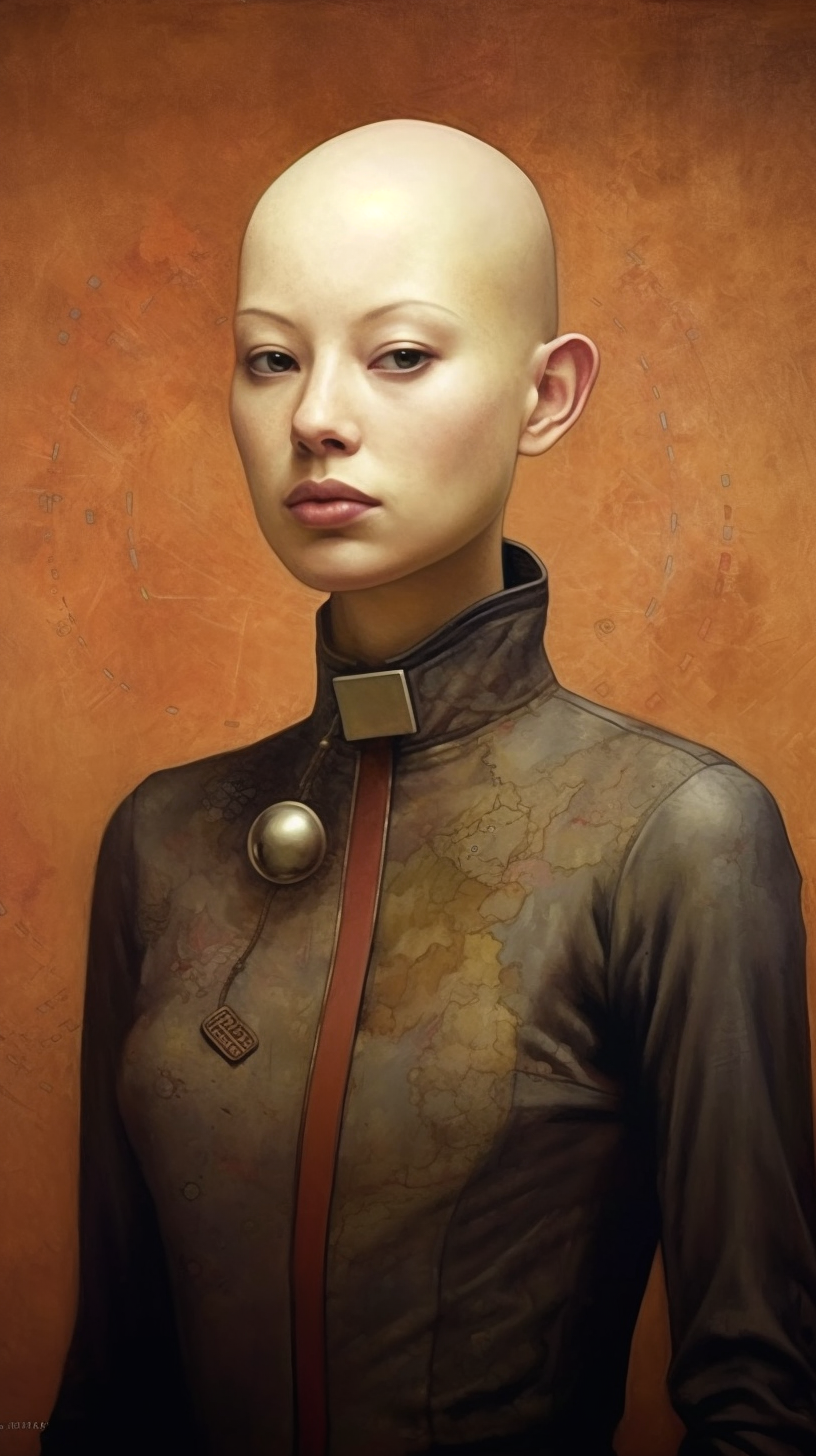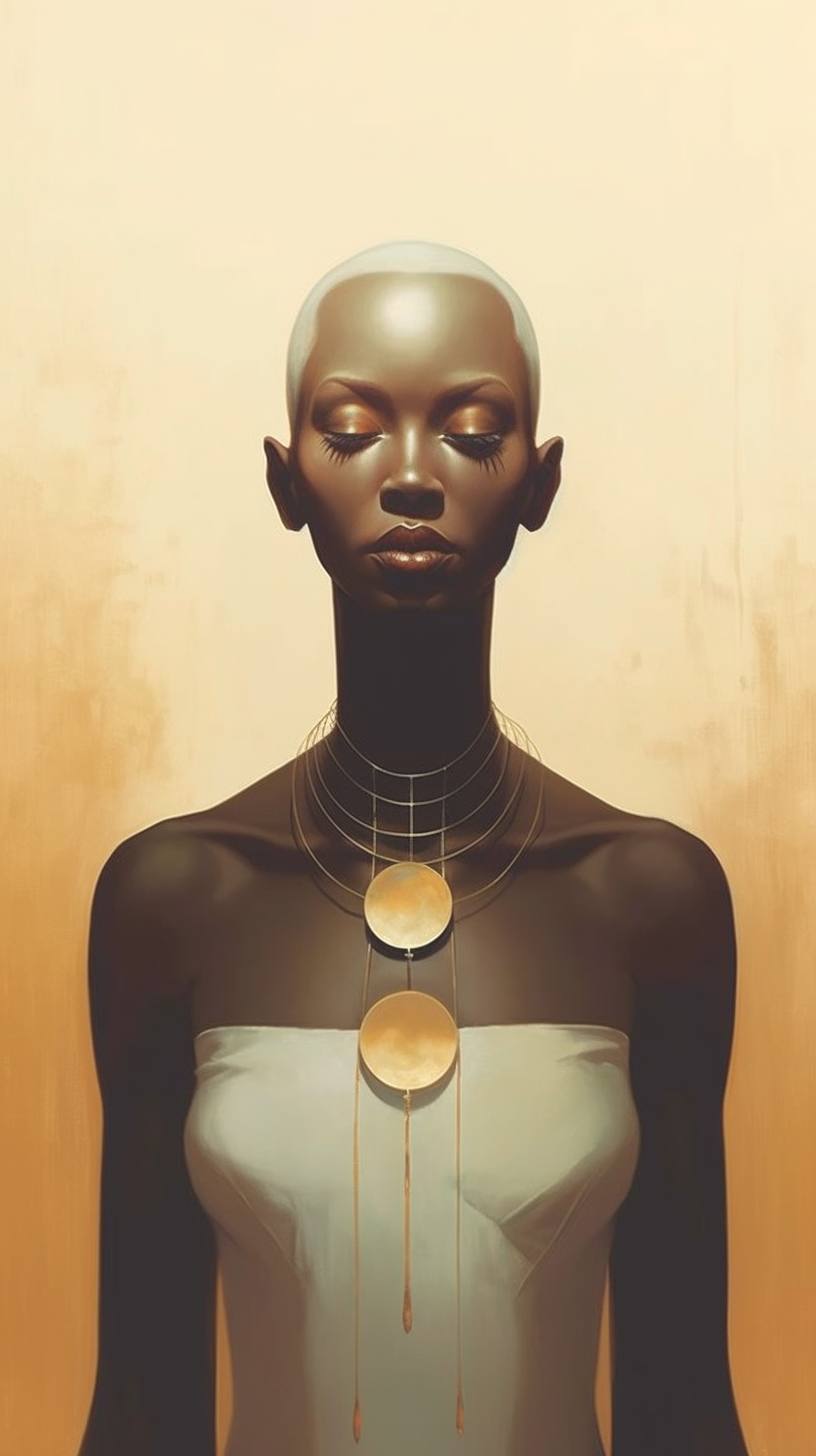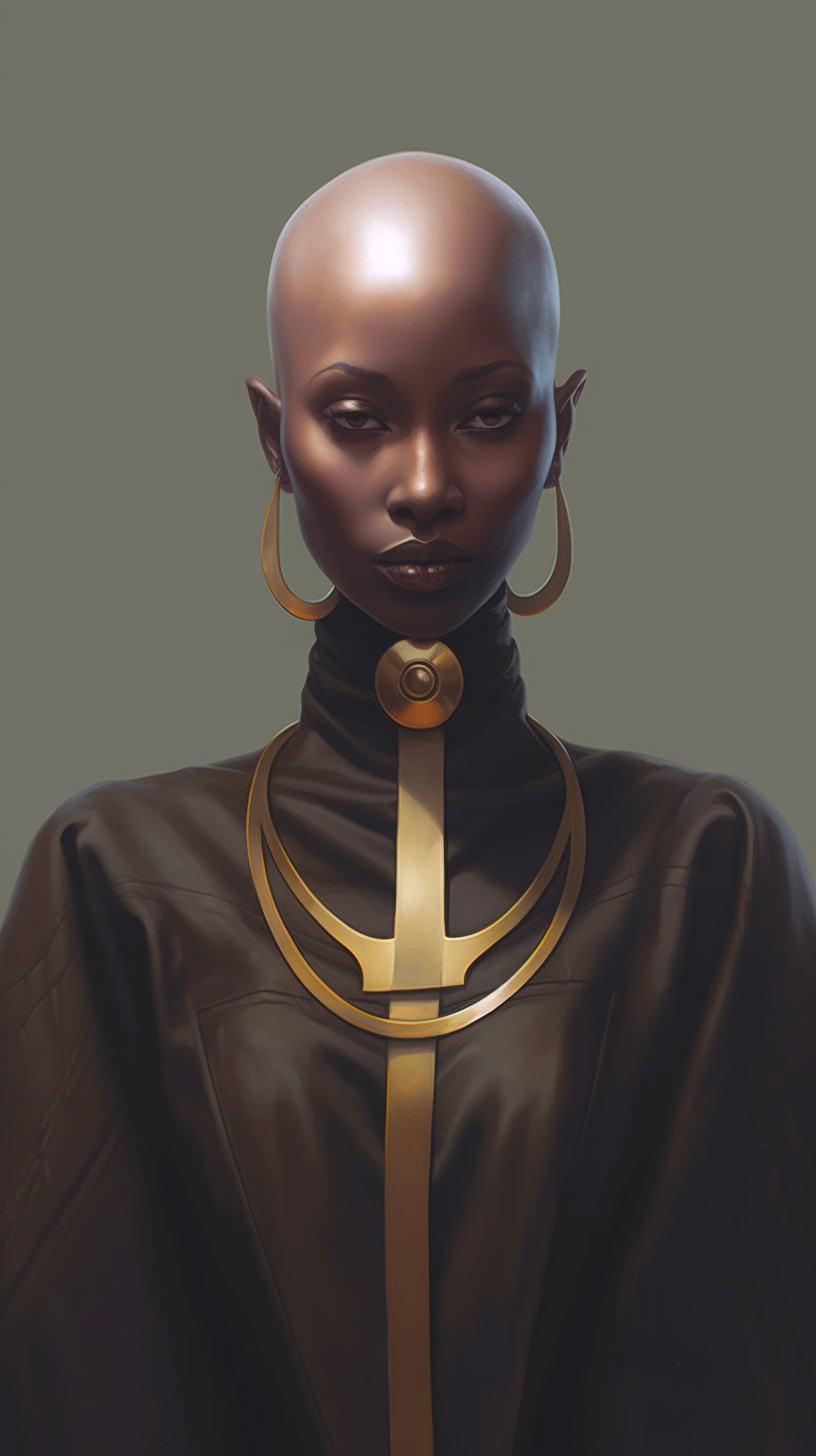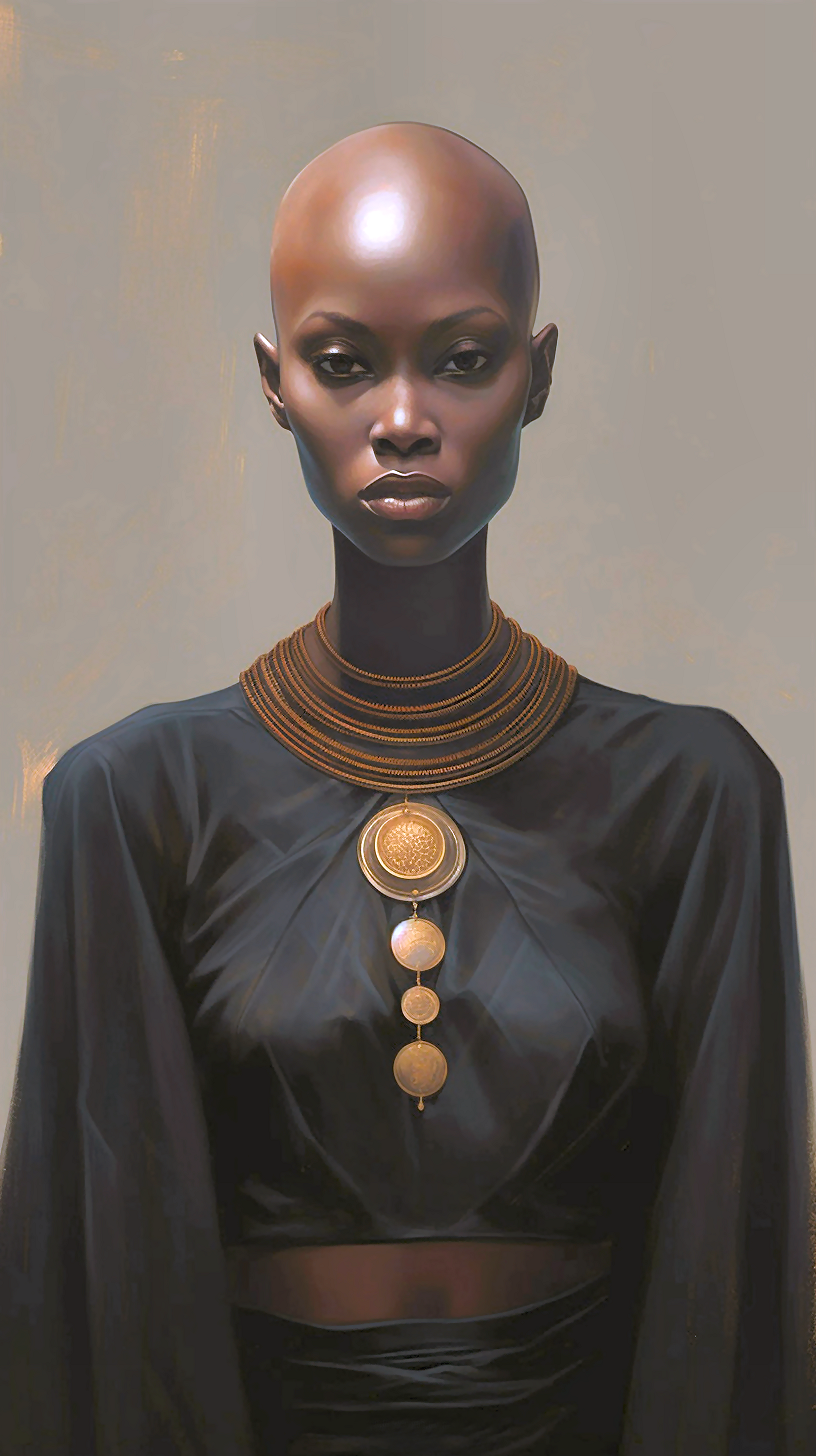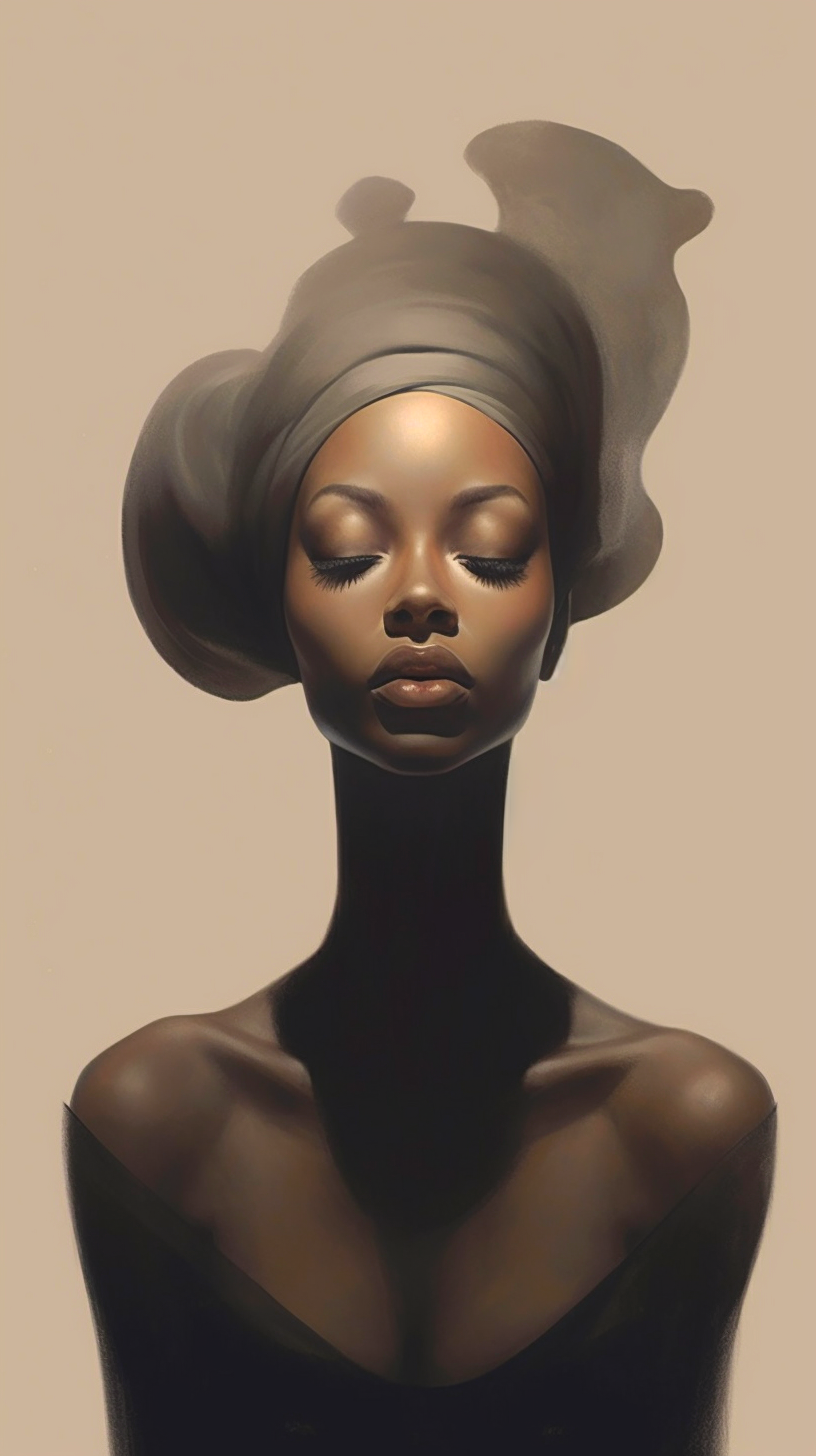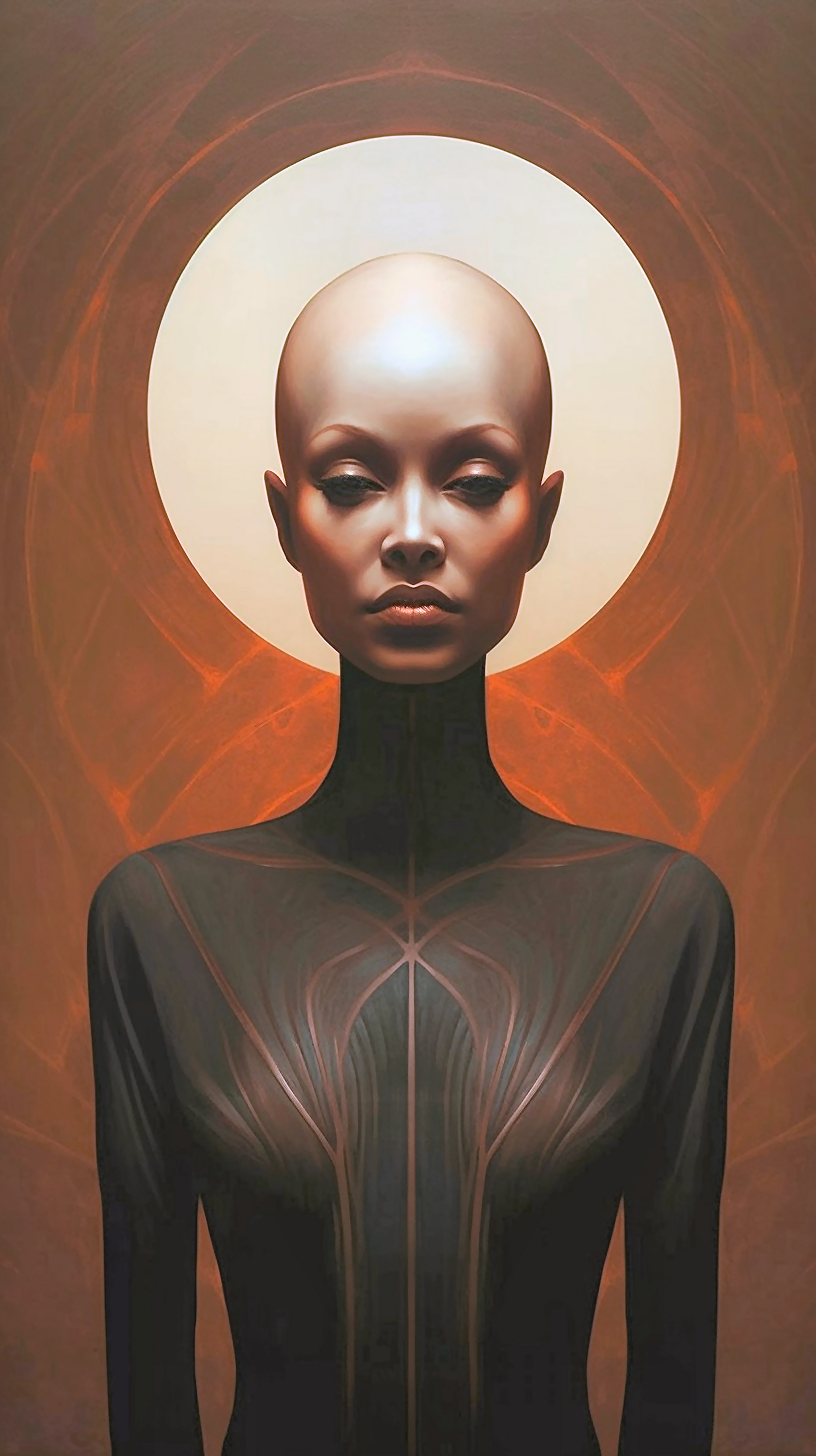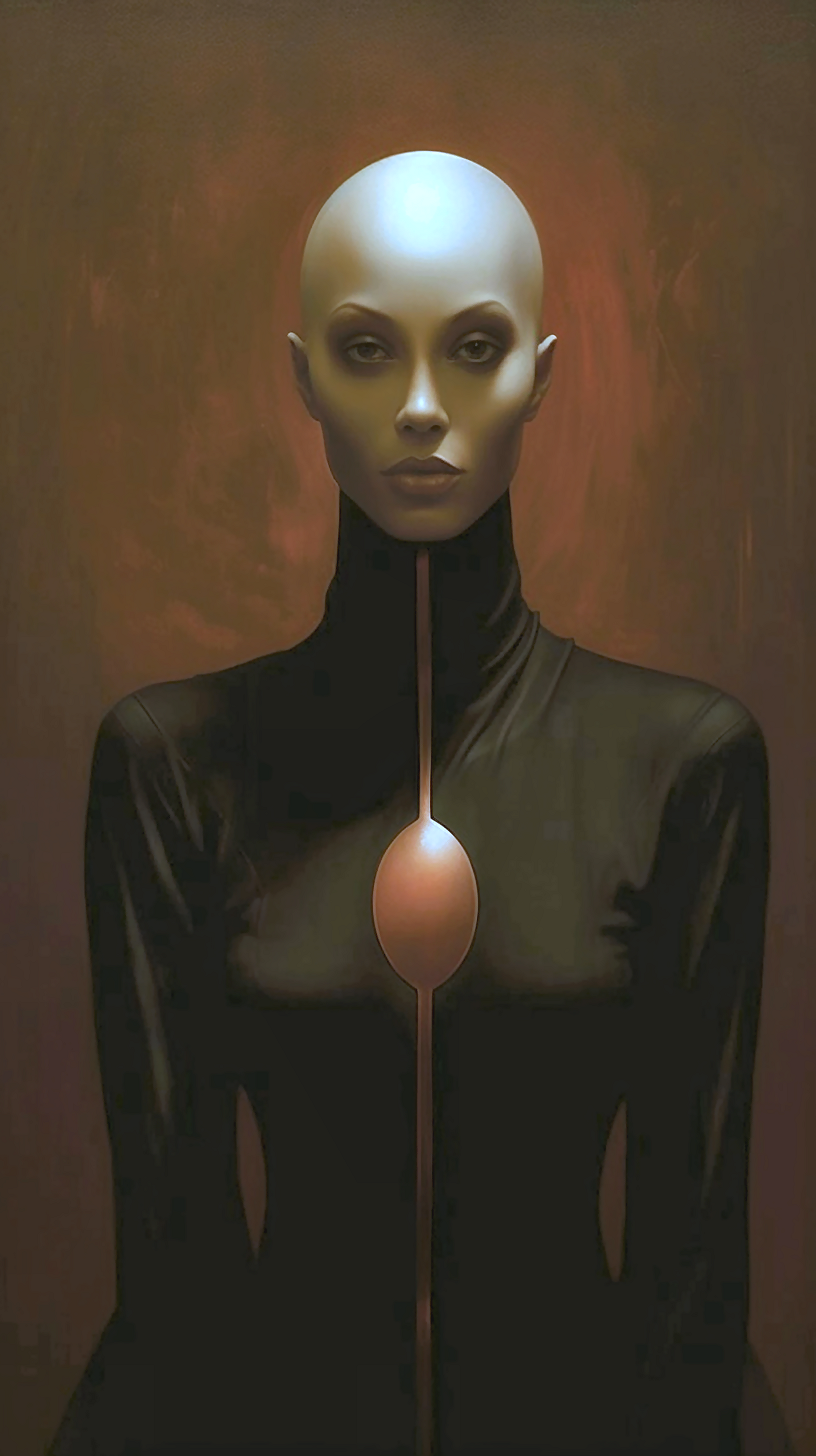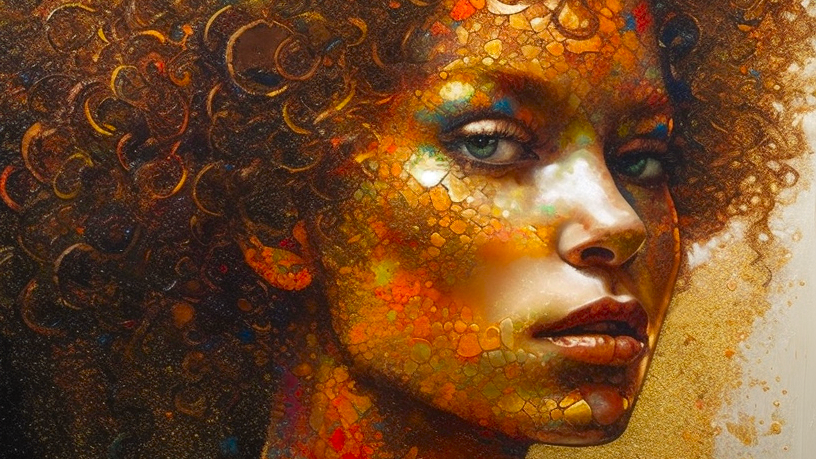The shaven head, a timeless and symbolic hairstyle, has traversed diverse cultures and epochs, leaving an indelible mark on the tapestry of human history. Across different civilizations, this act of deliberate hair removal has carried multifaceted meanings, ranging from religious devotion to cultural identity, rebellion to practicality.
One of the earliest instances of shaven heads can be traced to ancient Egypt, where both men and women embraced baldness as a symbol of cleanliness and hygiene. The absence of hair was not only a practical choice in the hot desert climate but also a display of social status and personal grooming.
In many religious traditions, the act of shaving one's head holds profound significance. Buddhist monks, for instance, adopt the practice as a symbol of renunciation of worldly attachments, emphasizing humility and detachment. Similarly, in Hinduism, head shaving is a common ritual, symbolizing purification and the removal of impurities associated with past actions.
The military has also played a significant role in popularizing the shaven head. Throughout history, soldiers have often adopted closely cropped or entirely shaven hairstyles for practical reasons, such as maintaining hygiene, preventing the spread of lice, and ensuring a uniform appearance. This tradition continues in modern military practices worldwide.

